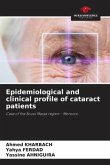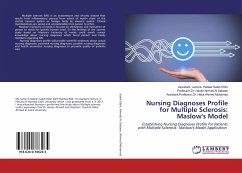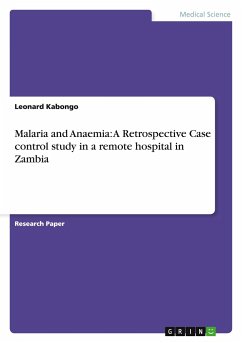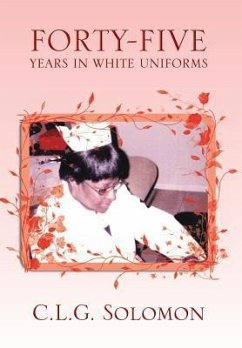The present study was carried out over a period of five years (2004 to 2008), Department of Surgery, S.M.S Medical College, Jaipur. All the cancer cases were distributed according to the coding system devised by the WHO (9th revision) using code number (140-208) (ICD) and they were also grouped according to histopathology and cytology, years, age and sex incidences were determined. Age wise distribution of cases reveals cancer cases to increase almost exponentially with age. Head and neck cancers stood first in rank followed by genitourinary tract and then GI tract. For most types of cancer the stage at which the cancer is discovered has a much greater prognostic significance than any of the treatment offered at a late stage. Efforts to strengthen therapeutic services should therefore always be coupled with programs for early diagnosis and referral. An effective cancer control program is guided by mandatory cancer registration & epidemiological data. I have made an attempt to compile the cancer data from Eastern part of Rajasthan so as to put the cancer profile in proper prospective.








